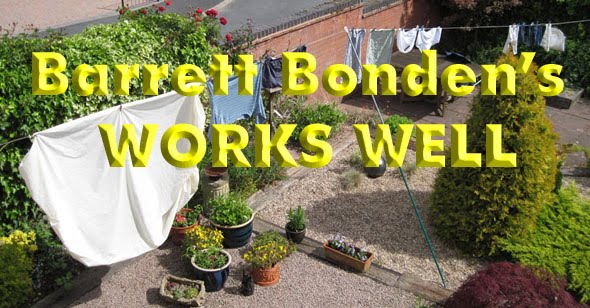
Diafani diary 5. I’ve never made much of a fist of plumbing, possibly because I’ve only dabbled. Faced with repairs or small projects the temptation has been to renounce solder and opt for compression joints called olives, often with disappointing results.
Meditating in our Diafani bathroom I noticed a variant to what I regard – though I may just have been horribly unobservant – as traditional plumbing. Copper piping had been replaced by flexible tubes sheathed in wire mesh and equipped at each end with fittings resembling those used in high-pressure hydraulics and pneumatics.
One advantage is obvious: no need shape the piping. Attaching the fittings is another matter. I assume special equipment is needed – OK if you’re putting in a whole new bathroom, less so when attaching an outdoor tap for the garden hose.
I could Google this. And, if I were prepared to expose myself to public humiliation, I could ask for clarification on a DIY chat service I’ve used for slightly more technical matters. But there is another option.
It’s clear several respondents to Works Well are better qualified than me to run this blog. Also they dispense their wisdom more gently than web-bound DIY maintenance experts. So here I am again, cap in hand. What is the status of this plumbing development?
Mystery solved. A hundred metres out from Venanda beach (qv) there is a clear sandy area of sea bottom about 3 m below the surface. On it, spelt out in stones that must each have weighed 2 kg, is the word ALPNOE. The O has a stone in the middle. Locals were mystified. Googled it is something to do with free diving in Austria. Gotcha!
Meditating in our Diafani bathroom I noticed a variant to what I regard – though I may just have been horribly unobservant – as traditional plumbing. Copper piping had been replaced by flexible tubes sheathed in wire mesh and equipped at each end with fittings resembling those used in high-pressure hydraulics and pneumatics.
One advantage is obvious: no need shape the piping. Attaching the fittings is another matter. I assume special equipment is needed – OK if you’re putting in a whole new bathroom, less so when attaching an outdoor tap for the garden hose.
I could Google this. And, if I were prepared to expose myself to public humiliation, I could ask for clarification on a DIY chat service I’ve used for slightly more technical matters. But there is another option.
It’s clear several respondents to Works Well are better qualified than me to run this blog. Also they dispense their wisdom more gently than web-bound DIY maintenance experts. So here I am again, cap in hand. What is the status of this plumbing development?
Mystery solved. A hundred metres out from Venanda beach (qv) there is a clear sandy area of sea bottom about 3 m below the surface. On it, spelt out in stones that must each have weighed 2 kg, is the word ALPNOE. The O has a stone in the middle. Locals were mystified. Googled it is something to do with free diving in Austria. Gotcha!


2 comments:
In the uk the plumbing fittings you refer to come as ready made units with fittings already connected and are supplied in one or two different lengths, and they are generally used,for connecting taps. They do employ olives. Another development is the use of plastic 15mm. piping replacing copper, and although this cannot be bent at acute angles it can be easier to use in many applications than copper; the standard compression joints using olives are compatible. There are also now available "push fit" fittings for joining pipes which can be just pushed onto the pipe by hand: a real gift for the less gifted DIY enthusiast.
Thanks for that. As the photo shows, the piping did connect the taps. I assume these limited-use devices preclude the need to shape the piping in the awkward space under the bowl. I assume too that one pays right royally for this benefit.
Post a Comment